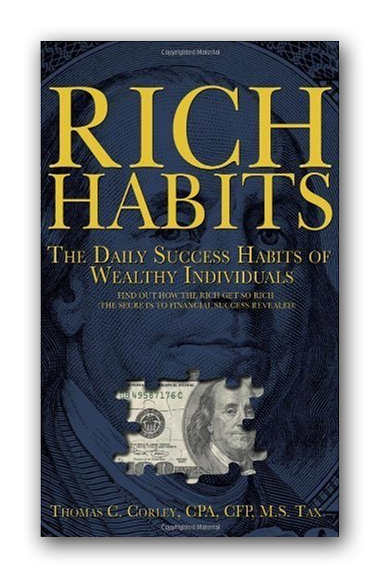 Rich Habits is all about unlimited opportunity, achieving the American Dream and ending poverty.
Rich Habits is all about unlimited opportunity, achieving the American Dream and ending poverty.
It is the by-product of a 5-year study I conducted on the daily habits of wealthy people and poor people.
Follow me on this blog and I will share with you many of the secret strategies that I uncovered in my research.
The discoveries I have made will dramatically improve your life!








